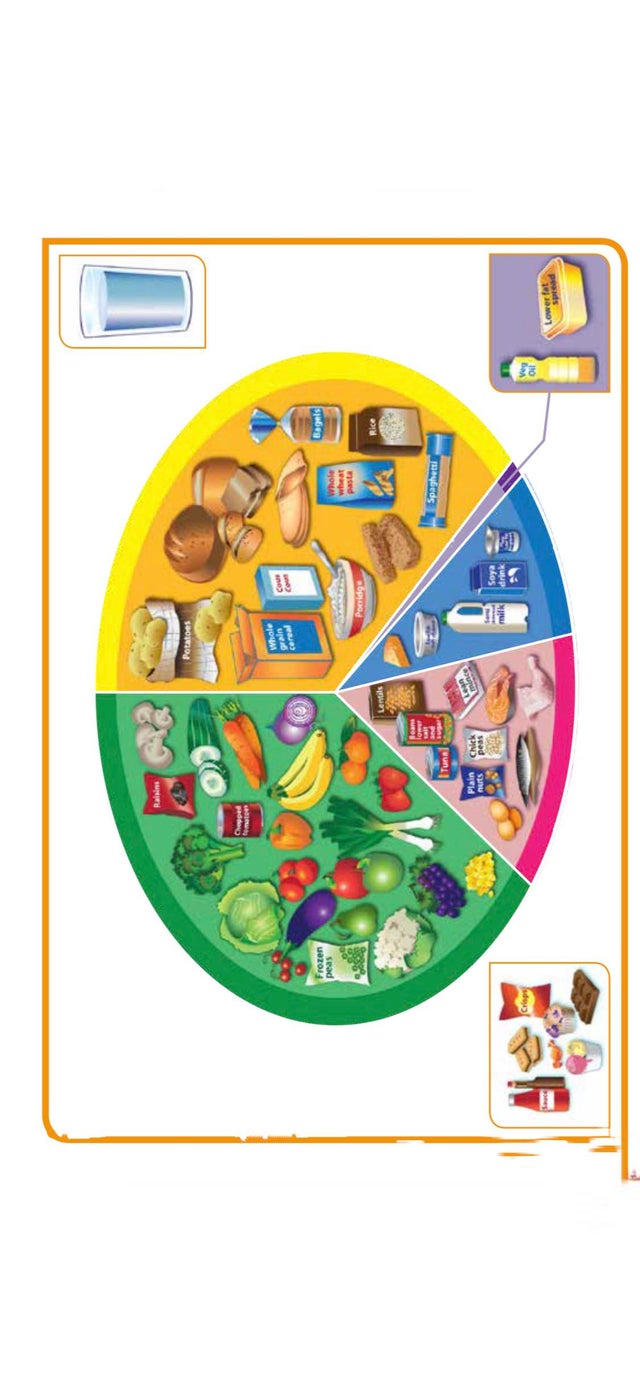
There are three main types for cardiovascular disease prevention: primordial, secondary and secondary. Each one is made up of the same elements but has different effects and starting points. To make prevention more effective, patients must be aware of their risks factors and devise a personalized plan. The goal is to reduce your risk for cardiovascular problems and live a long and healthy life. Read on for tips on how to prevent heart disease. This article will discuss the various types of cardiovascular disease and their treatment.
Firstly, focus on a heart-friendly diet. A heart-friendly diet is one that is high in fiber, low in salt, and rich in vitamins and minerals. Next, it is important to eliminate processed food like white breads and processed snacks. These foods are not good for your heart, unless they have high fiber content. Avoid fast food and packaged snacks. Lastly, don't reach for the salt shaker. A high level of sodium can lead to cardiovascular disease.

Exercise is an important part of a healthy lifestyle. Experts recommend 150 minutes of moderate exercise per week, which is about 20 minutes each day. They also recommend eating low-calorie foods and choosing low-calorie options. In addition, a regular exercise routine can help lower blood pressure and prevent heart disease. Mindfulness and managing stress can help to prevent heart disease. It is possible to make lifestyle changes that are easier than you may think.
A healthy diet can lower your risk of heart diseases and decrease the severity of your heart attack. A diet rich with fruits and vegetables has been shown to reduce the risk of developing this disease. Beans and low-fat protein are excellent sources of protein that may help reduce your risk. The omega-3 fatty oils found in certain fish may help to lower your risk of developing heart disease. If you have the time and desire to incorporate these techniques into your everyday life, do so.
Smoking is a major risk factor for heart disease. Stop smoking to lower your risk of coronary artery diseases. You should stop smoking. The better for your health, the fewer cigarettes you smoke. In addition, avoiding secondhand smoke will also reduce your risk of coronary artery disease. Stop smoking if possible. This will lower your risk of developing heart disease.

Heart disease prevention is a lifelong endeavor. While the disease can be hard to spot, it can lead to heart failure and other serious side effects. It is important to take steps that reduce the risk of heart disease. If you have healthy habits, your chances of developing this disease will be reduced. This will allow you to live a long life. The more you do this, the happier you will be.
FAQ
How do you lose weight?
It's not easy to lose weight. Many people give in to temptation because they don't know how to proceed.
You can lose weight by following a few simple steps.
First, you must ensure you eat fewer calories than you burn. If you consume more calories than what you burn, you will gain weight.
The second is to get regular exercise in order burn those calories. You can choose from a variety of exercises such as walking, biking or dancing.
Third, stop smoking and drinking alcohol. These habits can cause you to consume more calories that you would otherwise.
Fourth, cut down on junk food and fatty foods. They can be replaced by healthier options, such as fruits and vegetables, lean meats or whole grains, legumes, seeds, beans, and nuts.
Fifth, you need to change your lifestyle and adopt new habits. It is possible to wake up at 5 AM to go to work, or to be more active before you get to work.
Sixth, it is important to be disciplined about your diet and follow it.
You can also burn excess calories by joining a gym, or taking an aerobics course.
Follow these simple steps and you'll soon start to see the results.
What if I exercise and drink alcohol?
Yes. Alcohol can increase energy expenditure and speed up recovery, as well as reduce soreness.
Alcohol also increases insulin sensitivity, making it easier to absorb glucose.
Dehydration can result from alcohol, which can affect your metabolism. It also reduces testosterone production, which may decrease muscle-building potential.
These are the reasons women should not drink alcohol before going to work out. Women who drink heavily should wait at least 24 hours between drinking and working out.
It is important that women who are nursing avoid alcohol.
Men should drink only one glass of alcohol per day.
What diet supplement is best to lose weight?
You need to exercise and diet in order lose weight. Some people find that supplements can help them along the journey.
A few studies have suggested that omega-3 Fatty Acids might help weight loss. Omega-3 fatty acids are essential fats that are vital for brain function, cell membrane integrity, and other functions. They can be found as a part of seafood such as tuna, salmon, shrimp, and cod live oil.
Another study suggests that green-tea might help with weight loss. The antioxidants in green tea, catechins and other compounds may increase metabolism and promote weight loss.
How does weightlifting help you lose fat more quickly?
Although weight lifting can help you lose fat more quickly, it is best to combine it with cardio exercises.
To maximize the benefits of weightlifting, you need to perform it after cardio workouts.
Weightlifting, when done properly, increases your heart rate.
You will not notice any changes in your body composition if you don’t combine it and cardio.
Statistics
- According to the American Academy of Dermatology (AAD), men over 50 are at a heightened risk of developing it. (healthline.com)
- According to the American Heart Association, blood pressure should be checked at least once every two years, beginning at age 20. (my.clevelandclinic.org)
- 10 pounds in a month is likely during a lean bulking phase, especially for beginners. (muscleandstrength.com)
- Are You One of the 20% of Guys (mh.co.za)
- The PRS enabled risk stratification for overall prostate cancer and lethal disease with a four-fold difference between men in the highest and lowest quartiles (HR, 4.32; 95% confidence interval [CI], 3.16-5.89). (pubmed.ncbi.nlm.nih.gov)
External Links
How To
How can a man be fit in only 30 days?
It is best to break down difficult goals in small, manageable steps.
It is important to work towards your goal every day. This could be anything from running 3km to doing 10 pushups in 5 minutes.
This will ensure that you see positive results if you practice it consistently over time.
The key thing here is consistency. You must keep going until you succeed.
What is the difference between Aerobic Fitness and Anaerobic Fitness?
Anaerobic fitness refers the body's ability to do intense physical work while lacking oxygen. During periods of high-intensity exercise, we use anaerobic pathways to provide enough energy to complete the task. Anaerobic pathways include glycolysis (creatine phosphate), the phosphagen and lactic acid.
Aerobic fitness, on the other hand, is a sustained low-intensity exercise. While performing aerobic exercises, oxygen is used as the primary source of fuel for the cells. The aerobic pathway is more efficient than the anaerobic.
If you are looking to run a full marathon, then you have to increase your aerobic ability. You won't be successful if you focus only on your anaerobic ability.
Aerobic fitness can also be called cardiovascular fitness. Step tests and VO2 max testing are the most popular methods to measure cardiovascular fitness.
VO2 Max Test
VO2max is the maximum oxygen (O2) that your body can use while exercising. This test measures the amount of O2 the body can utilize while exercising.
This is the best test to assess cardiovascular fitness. However, the test can only be administered by highly trained professionals and requires expensive equipment.
Step Tests
Step tests are a quick and easy way to test your cardiovascular fitness. Based on your age and weight, they involve running or walking on a track or treadmill for a specified time.
These tests are easy, inexpensive, and accessible almost anywhere. You could, for instance, run on a treadmill for two minutes, rest for one minute, and then go back to the starting point for 20 minutes. You should maintain a constant heart rate throughout the session.
This method is known as the "Bruce Protocol". Bruce was himself a runner and developed the protocol after realizing his heart rate wouldn't increase when he ran for longer distances.